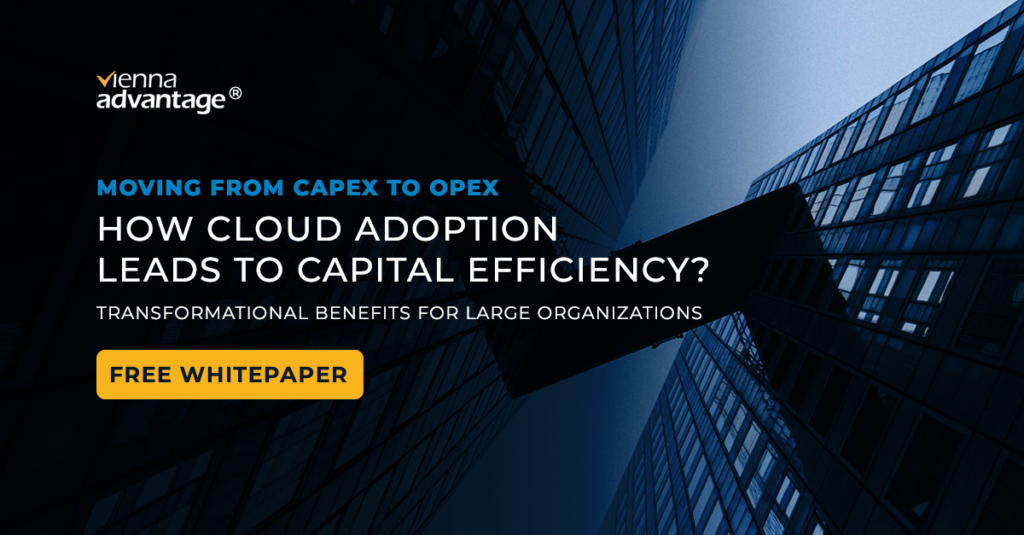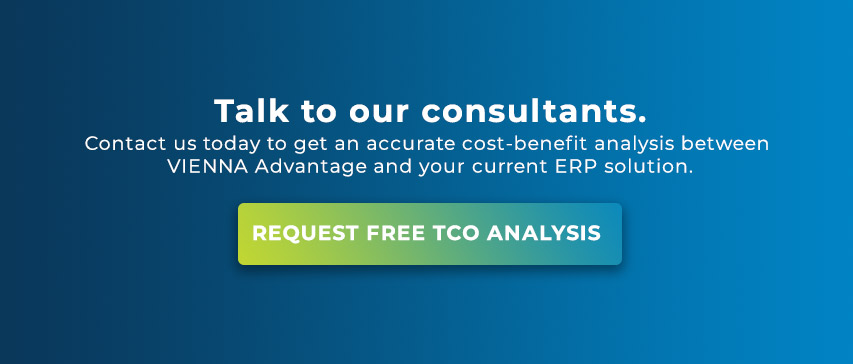
Traditionally, the public sector has been reliant on laborious, antiquated means of governance, most of which have acted as brakes to adoption of digitization across the sector. COVID-19 however changed all of that. Within months, governments had to explore ways of carrying out work remotely, yet promptly and efficiently. This posed a problem for a sector that was not quite equipped for such an eventuality but was quick to respond, adopt and implement an accelerated digital transformation process. As a result, public sector departments today, both on a national and regional level are using technology to develop and deliver services remotely, something which was inconceivable even a year back.
Drivers of Digital Transformation in the Public Sector
Inevitably, the public sector is affected by the digital information age and having to adapt to new technology. The drivers for this change are not just the pandemic but several internal and external factors as well. In a global economy it has become imperative for governments to achieve digital and information excellence. Let’s analyze a few of the drivers for digital transformation in the public sector.
Increase Efficiency and Transparency
Digital technologies and best practices together open up immense opportunities to streamline processes that increase efficiencies and save important resources. Technology brings with it automation of processes, simplifies integration between departments, bringing about a far more streamlined and efficient way of doing business. Filing for taxes for example can be carried out digitally omitting hours of paperwork and manual filing processes traditionally used. With the upgrade to 5G technology, mobility in the public sector will grow by leaps and bounds. It will be a revolutionary leap bringing about faster connections and low energy consumption. Early adopters of this technology will reap huge benefits in terms of saving valuable resources and low consumption of energy.
Align Processes between Different Departments
Another important and critical driver of digital transformation in the public sector is brought about by aligning and streamlining processes between different departments. Data sharing and integration is one of the keys to successful digital public services. Currently, data in most cases is fragmented across different governmental departments which hinders its effective use. The need for data sharing is now, more than ever. The ease in communication between departments saves an enormous amount of resources which cuts costs and is especially helpful in a post-COVID scenario.

Engagement with Citizens
Digital transformation allows for governments to engage with citizens and brings about transparency into various regulations, processes, etc. In a post pandemic world for example, with the adoption of new technology, governments can engage with their citizens, enable them to voice their grievances or opinions and coordinate their efforts. The Estonian Government for example, in March, 2020, launched the ‘Hack the Crisis’ campaign digitally. They invited citizens to share ideas and opinions on how to deal with the pandemic. Within 6 hours of launching the campaign they had received over 830 responses through an online collaboration hub. They have gone on to deploy 27 special teams to tackle various post-pandemic issues ranging from healthcare, education, digital tutoring, to art and culture. They have launched special initiatives around community volunteering in response to the public enthusiasm to render their services in the post COVID world.
Attracting Investors
The growing demand for public sector infrastructure has seen a rise in public-private partnerships globally. This is especially true in developing countries. In order to attract investments from the private sector into various government initiatives and campaigns, governments must adopt technology. With the help of technology and the transparency it brings into bookkeeping processes of the government, it makes investing for the private sector easier and a faster process than it used to be.
Becoming a data-driven government
Data is a critical asset for any government. Data analytics opens up a whole new world of governance. It offers the opportunity to deliver insights into citizen requirements and behaviors, functioning of related agencies etc., all of which enable evidence-based decision making. Not only that, data analytics opens up new opportunities for employment and helps connect with their citizens better in understanding the growing trends and determining governance objectives. Data analytics should not be restricted to learning of a fast-changing analytical tool, it should be built in adherence to the mission of the organization, business objectives and goals and data ethics.
Barriers to Digital Transformation in the Public Sector
In comparison to the private sector, adoption of technology in the public sector has been sluggish. Many governments around the world are skeptical about the risks involved in a digital transformation journey. One of the concerns revolves around migration to the cloud, most citing security reasons. The fear generated from this is around cyber attackers exploiting the system and stealing sensitive information. These fears have now mostly been laid to rest and hence, we now see more openness amongst the public sector in migrating to cloud technology.

Prior to the pandemic, employees working in government agencies were averse to the adoption of technology. As is the case in the private sector as well, change management is key in order for actual and effective adoption of the technology within the workforce. While COVID has dealt with a lot of this barrier, the trend needs to continue once business resumes as usual.
ERP Enabling Digital Transformation in the Public Sector
Regional and National level government agencies are turning to technology to get value out of the investment. Let us examine how an integrated public sector ERP solution can help governments meet their objectives that we spoke about earlier.
Firstly, ERP solutions provide a central digital backbone for governments to adopt a single platform of operation. With all functions occurring on one single, centralised system, several departments can now participate in cross-departmental processes in a way that preserves consistency and improves the quality of government data. As anyone dealing with public sector enterprises knows, the volume and value of government data is immense and can be used to drive strategic citizen initiatives that can have benefits ranging from reducing poverty to improving security.
Secondly, with ERP to support common functions such as government procurement and tenders, implementing an ERP system will enable governments to have a completely transparent procurement process, that is truly digital and preserves the audit trail and data records providing end-to-end transparency both for auditors as well as citizens. Governments can have several departments participate in issuing tenders, thereby consolidating purchase across departments and saving costs.
Thirdly, governments can use key ERP modules such as Finance and Accounting to manage the accounting processes of various departments, define budgets, track spendings and enforce controls over these elements of governance through well-defined rules. To ensure transparency to citizens, governments can then produce various reports for both citizens and statutory auditors through the ERP system, thereby significantly bringing down the manual effort in doing so.
With an accelerated adoption of cloud technologies and increasing awareness amongst citizens, the public sector is poised for a growth in adoption of ERP solutions.
Act While There’s Still Time
Embarking on a digital transformation is always a challenging journey. It is an expensive, time consuming and labor intensive process. However, once you make the transition to a modern, robust, flexible and efficient ERP system, you will realize the benefits are far higher than the ones provided by age-old manual processes followed in manufacturing plants. The transition helps organizations achieve operational efficiency and enhances their financial performance enabled by a strong ERP system at the core, like the one offered by VIENNA Advantage.
